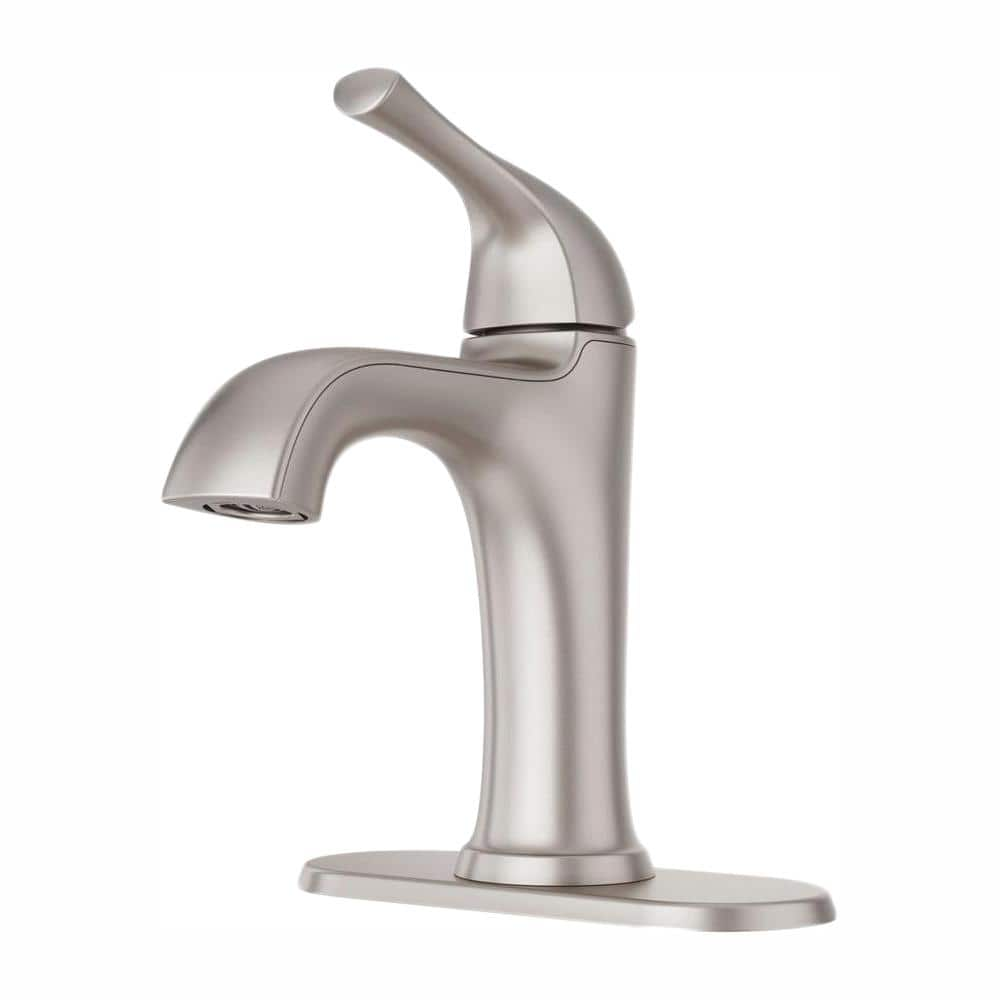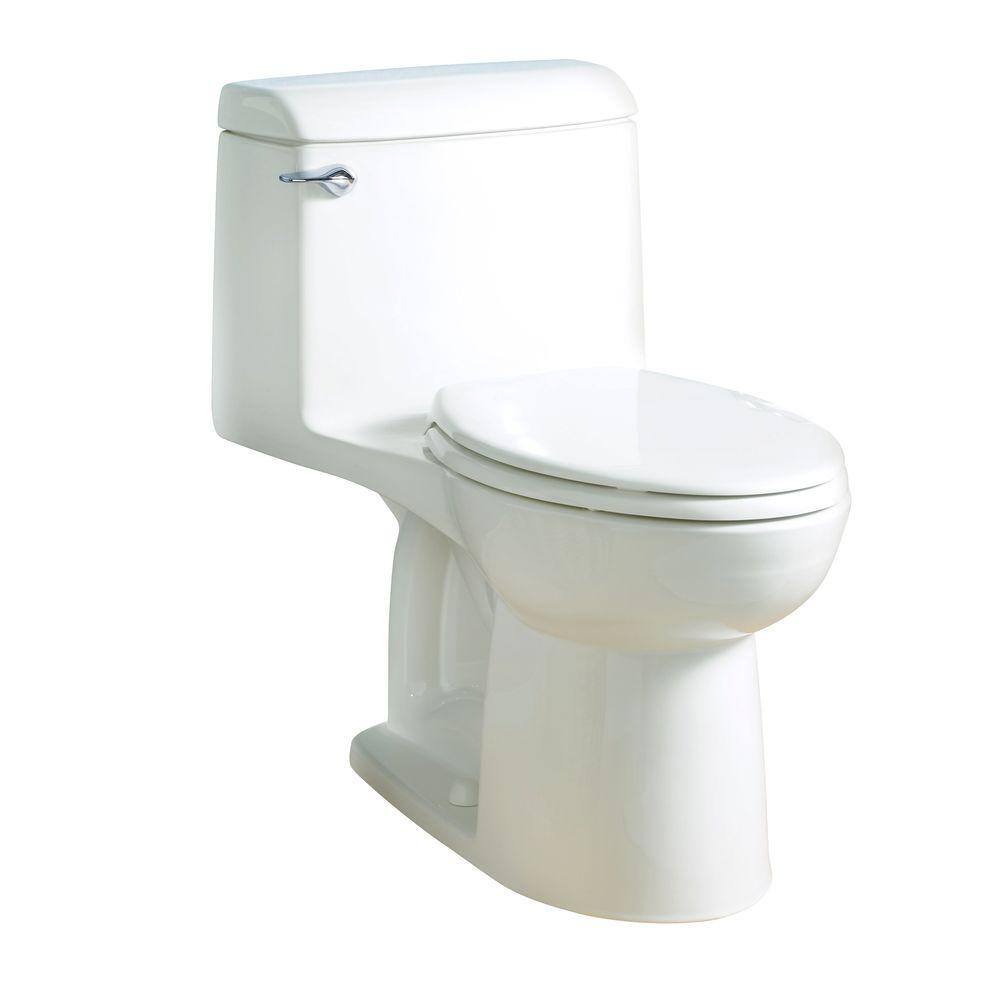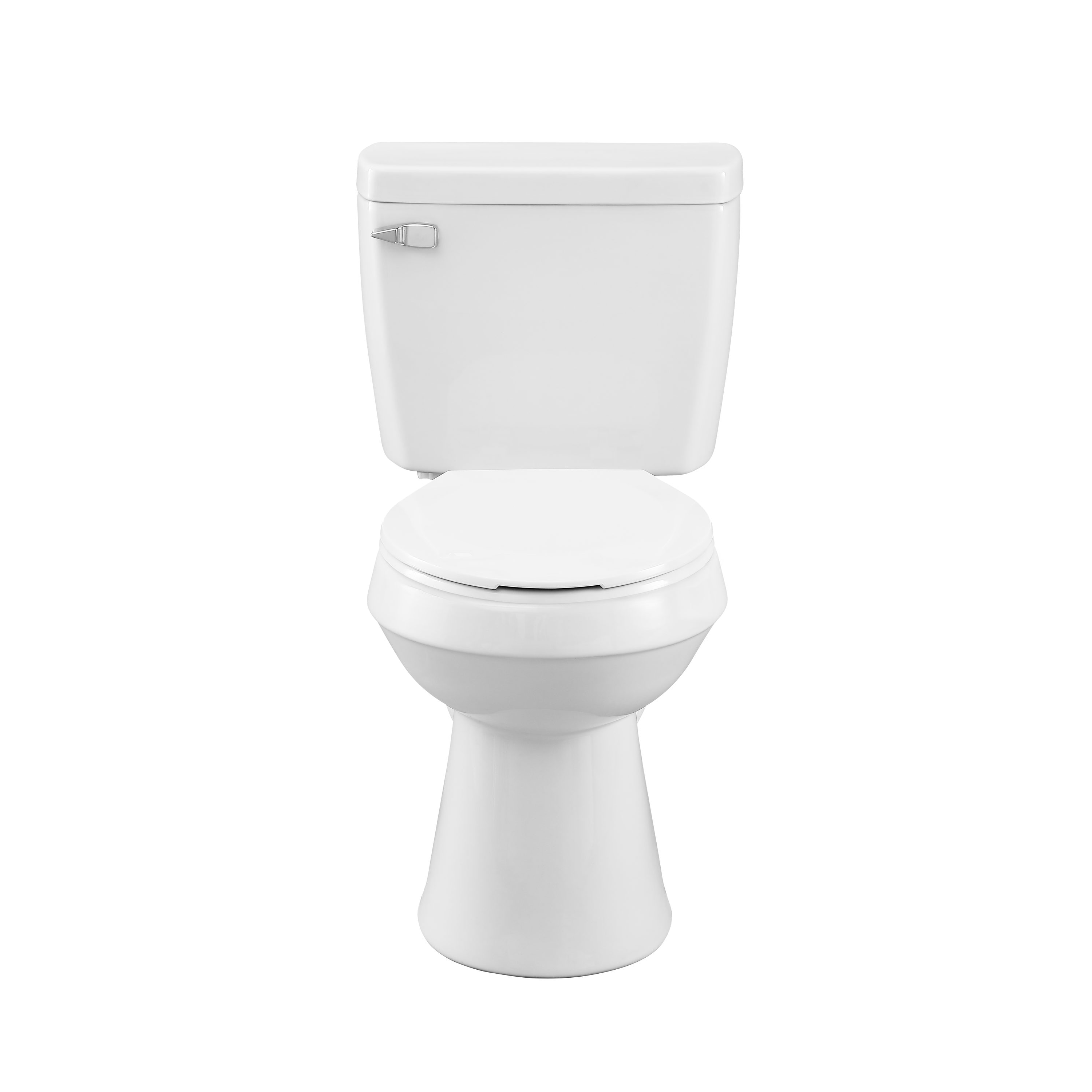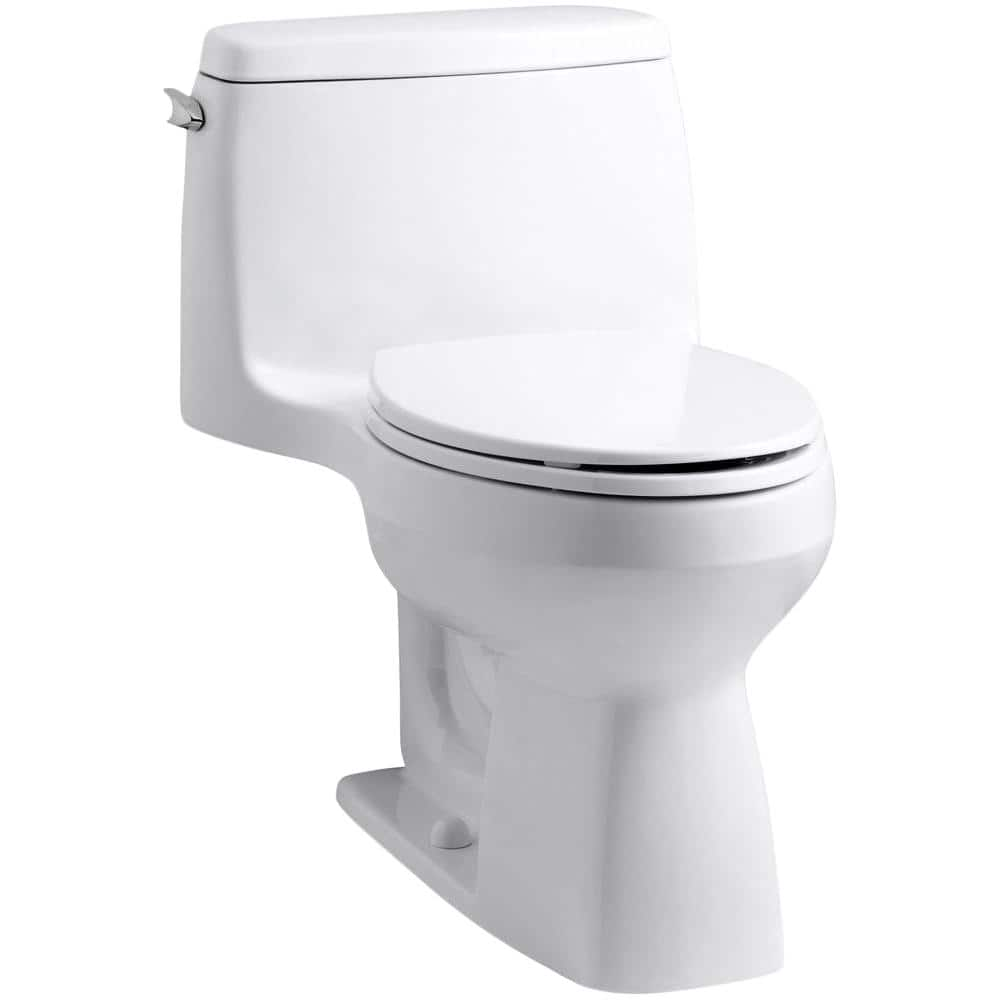Pfister Ladera Single-Hole Single-Handle Bathroom Faucet in Spot Defense Brushed Nickel
1 or 3 hole installation; 4 in. centerset. Includes matching deck plate. Featuring spot defense- resists spots and fingerprints.
For the ultimate in flexibility and simplicity, Ladera is the family of lavatory faucets that seamlessly tie your decor together. Transitional design that features a blend of gentle curves and clean lines is the perfect choice for an easy refresh or an entire remodel that will update your current look and stand the test of time. The Ladera faucet family is available in single control, centerset and widespread configurations and is offered in polished chrome, Tuscan bronze and Spot Defense brushed nickel that resists both fingerprints and water spots.
- Ceramic disc cartridge
- Featuring spot defense- resists spots and fingerprints
- Pfast connect supply lines
- TiteSeal technology – no need for plumbers putty
- Includes push and seal drain
- Includes matching deck plate
- 1.2 GPM at 60 psi
- Pfister Pforever warranty covers finish and function for life
Additional information
| Connection size (in.) | 1/2 In. |
|---|---|
| Spout Height (in.) | 3.84 |
| Certifications and Listings | ADA Compliant,CSA Certified,EPA Approved,IAPMO Certified,NSF Listed |
| Manufacturer Warranty | Pfister Pforever Warranty covers finish and function for life |
A bathroom is a room in which people wash their bodies or parts of their bodies. It can contain one or more of the following plumbing fixtures: a shower, a bathtub, a bidet, and a sink (also known as a washbasin in the UK). The inclusion of a toilet is common. There are also specific toilet rooms, only containing a toilet (most often accompanied by sink), which in North American English tend to be called "bathrooms", "powder rooms" or "washrooms", as euphemisms to conceal their actual purpose, while they in British and Irish English are known as just "toilets" or possibly "cloakrooms" - but also as "lavatories" when they are public.
Historically, bathing was often a collective activity, which took place in public baths. In some countries, the shared social aspect of cleansing the body is still important, for example with sento in Japan and, throughout the Islamic world, the hammam (also inaccurately known in the West as a "Turkish bath").
A handle is a part of, or attachment to, an object that allows it to be grasped and manipulated by hand. The design of each type of handle involves substantial ergonomic issues, even where these are dealt with intuitively or by following tradition. Handles for tools are an important part of their function, enabling the user to exploit the tools to maximum effect. Package handles allow for convenient carrying of packages.
A hole is an opening in or through a particular medium, usually a solid body. Holes occur through natural and artificial processes, and may be useful for various purposes, or may represent a problem needing to be addressed in many fields of engineering. Depending on the material and the placement, a hole may be an indentation in a surface (such as a hole in the ground) or may pass completely through that surface (such as a hole created by a hole puncher in a piece of paper).
Ladera (Greek λαδερά), zeytinyağlı (yemekler) (Turkish), or bil zayt (Arabic بالزيت) is a category of vegetable dishes cooked in olive oil in Greek, Turkish, and Arabic cuisines. The name in all these languages means "with (olive) oil".
Ladera consist of vegetables, plain or stuffed, cooked in a tomato, onion, garlic, and olive oil sauce, and usually do not contain meat. Formerly, lemon juice was used when tomatoes were out of season.
They may be stewed on the range-top or baked in the oven.
Ladera can be served on their own, typically with feta cheese and bread, or with potatoes, bulgur, or pasta. They may also be served as a side dish to fish or meat.
They are often served warm or at room temperature, and are popular in the summer. They are also commonly eaten as a fasting food.
Examples include:
- Vegetables including green beans, zucchini, okra, leeks, and eggplant
- With lemon, peas, artichokes, fava, carrots, and zucchini
- A mixture of vegetables, called tourlou (Greek), türlü (Turkish), or briam.
- İmam bayıldı
- Many kinds of leaves rolled around fillings (sarma)
- Many kinds of stuffed vegetables (dolma)
Nickel is a chemical element; it has symbol Ni and atomic number 28. It is a silvery-white lustrous metal with a slight golden tinge. Nickel is a hard and ductile transition metal. Pure nickel is chemically reactive, but large pieces are slow to react with air under standard conditions because a passivation layer of nickel oxide forms on the surface that prevents further corrosion. Even so, pure native nickel is found in Earth's crust only in tiny amounts, usually in ultramafic rocks, and in the interiors of larger nickel–iron meteorites that were not exposed to oxygen when outside Earth's atmosphere.
Meteoric nickel is found in combination with iron, a reflection of the origin of those elements as major end products of supernova nucleosynthesis. An iron–nickel mixture is thought to compose Earth's outer and inner cores.
Use of nickel (as natural meteoric nickel–iron alloy) has been traced as far back as 3500 BCE. Nickel was first isolated and classified as an element in 1751 by Axel Fredrik Cronstedt, who initially mistook the ore for a copper mineral, in the cobalt mines of Los, Hälsingland, Sweden. The element's name comes from a mischievous sprite of German miner mythology, Nickel (similar to Old Nick). Nickel minerals can be green, like copper ores, and were known as kupfernickel – Nickel's copper – because they produced no copper.
Although most nickel in the earth's crust exists as oxides, economically more important nickel ores are sulfides, especially pentlandite. Major production sites include the Sudbury region, Canada (which is thought to be of meteoric origin), New Caledonia in the Pacific, Western Australia, and Norilsk, Russia.
Nickel is one of four elements (the others are iron, cobalt, and gadolinium) that are ferromagnetic at about room temperature. Alnico permanent magnets based partly on nickel are of intermediate strength between iron-based permanent magnets and rare-earth magnets. The metal is used chiefly in alloys and corrosion-resistant plating.
About 68% of world production is used in stainless steel. A further 10% is used for nickel-based and copper-based alloys, 9% for plating, 7% for alloy steels, 3% in foundries, and 4% in other applications such as in rechargeable batteries, including those in electric vehicles (EVs). Nickel is widely used in coins, though nickel-plated objects sometimes provoke nickel allergy. As a compound, nickel has a number of niche chemical manufacturing uses, such as a catalyst for hydrogenation, cathodes for rechargeable batteries, pigments and metal surface treatments. Nickel is an essential nutrient for some microorganisms and plants that have enzymes with nickel as an active site.






by Fily
These faucets work nicely and look great. The matte black matches all the other fixtures
by Tony
I am very picky and I love this faucet!! It looks and works great in both of the remodeled bathrooms in our home!
by Debby
Love the look with no plate & the pop up drain is so easy!
by Lynn
Easy install & looks great! A nice upgrade and the pop-up drain is wonderful.
by Mary
Very nice looking and works well.
by Anthony
Easy at assemble and works great.
by Prolava
Easy install all necessary nuts and water supply lines are provided.